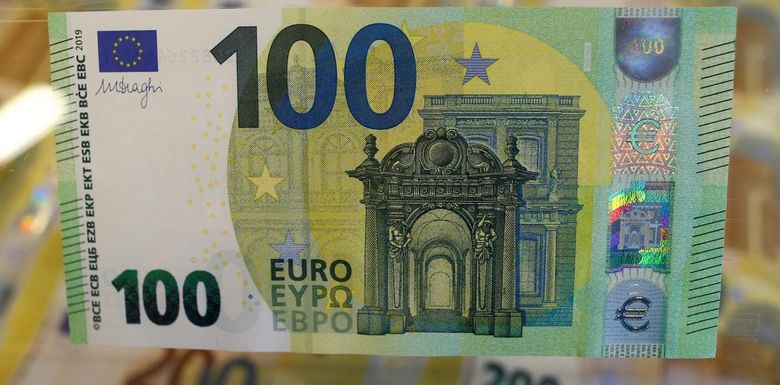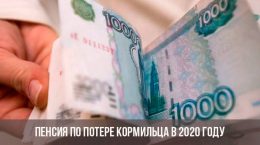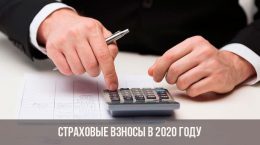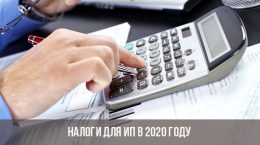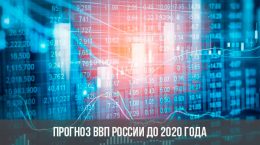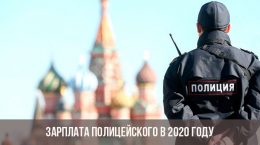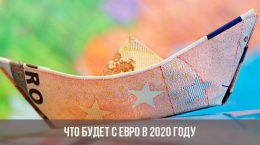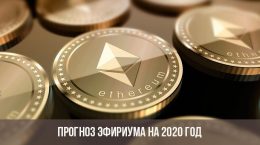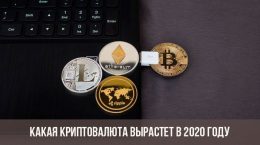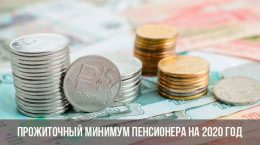Content [Hide]
Analysts of the largest Russian banks, international financial groups and research centers, independent financial experts have already published forecasts for the exchange rate of the European currency. In some ways, their opinions agree, in some - radically opposite. So what will happen to the euro in the winter of 2019-2020? What should consumers prepare for?
Influence factors
According to economists, this winter the following external factors will influence the exchange rate:
- The cost of oil in the international market.
- High inflation in the country.
- Possible changes in rates by the Central Bank of the Russian Federation.
- The political situation and the crisis associated with it.
- Budget deficit.
- Instability in the EU itself.
Forecasts from Russian banks
The forecast for the euro for the winter of 2019-2020 from the leading banks of the Russian Federation is optimistic. Analysts of financial institutions do not exclude a slight rise in price by the end of December, but are confident in the future that the value of the European currency will decline.
- VTB financiers believe that in January-February 2020, the euro will fall to 69-71.3 rubles. A similar outcome of the year is forecasted at Sberbank of the Russian Federation: in December 2019, the European currency will not rise above 69 rubles.
- Gazprombank's financial experts are in solidarity with their colleagues, and in the long run they promise a depreciation of the euro. Moreover, this decline will be constant throughout the next year.
- Encouraging statements are also coming from the experts of the Agricultural Bank: according to their estimates, in 2020 they will give 65 rubles for 1 euro.
- Uralsib confirms the downward trend, but with a reservation. According to banking analysts, at the beginning of next January, the cost of 1 euro will be 70 rubles.
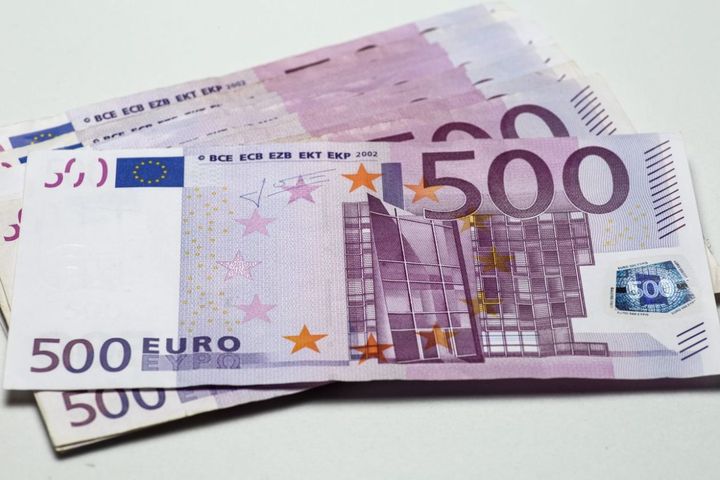
December
In the first December week, the main monetary unit of the EU will show a slight increase - its price increase in absolute terms will be no more than 1 ruble. In the second week of December, a decline will already begin - the price is expected to decrease by 2 rubles. In the second half of the month, the European currency will rise in price - the price will rise for several days, and then stop. By the end of the month it will be 68-69 rubles.
January
January will begin with the holidays - a relative calm and stable rate is expected in the foreign exchange market in the first week - the European currency will stay at around 68.4 rubles. In the future, experts predict a decrease to 67.5-68 rubles.
In the second half of January, an upward trend will be indicated. The minimum value is 70.6 rubles. for 1 euro, maximum - 72.5 rubles. The average price increase for the month will be 2.6%.
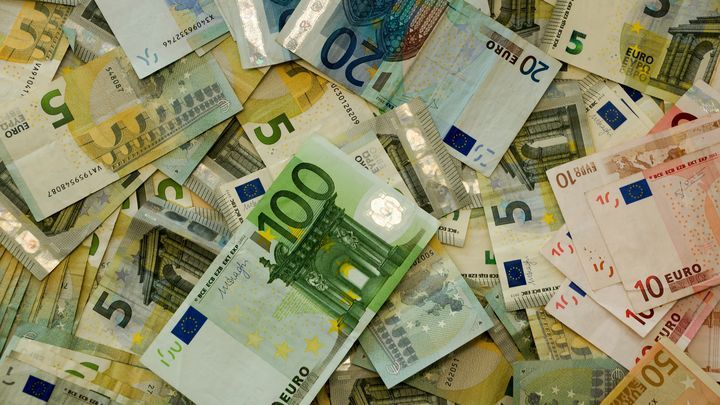
February
February will be more stable. In its early days, financiers expect a price of 71 rubles. for 1 euro - stability will remain almost until the end of the month. If the fluctuations are indicated, then insignificant - at the level of 0.7%. Half of the analysts are sure that February will close with a decrease in the value of the euro by an average of 3%. During the month, fluctuations in the range of 68.8-65.8 rubles are possible.
Western financiers view the positions of the euro / ruble pair more skeptically and pragmatically. According to them, next year high-intensity fluctuations should be expected. The numbers are announced 76-77.5 rubles. for 1 euro. They do not exclude cheaper prices, but only at the beginning of spring and only up to 73 rubles. for a unit. By the end of 2020, the Russian national currency will be able to strengthen its position - the price will stop at around 68-69 rubles.
Approximately half of authoritative analysts from foreign countries have no doubt that in December 2019 there will be a jump in the value of the European currency to the level of 90 rubles. for a unit. And in January-February 2020, she will cross the line of 100 rubles. The reason they call the recent events in the world, the tense international situation.
The political factor determines the course
Foreign experts confirm the political motives for the formation of the course: the economic sanctions imposed by the West on the Russian Federation negatively affect the situation. The commodity link in the financial context is also indicated. The share of the Russian Federation in the total volume of oil supplies to the world market is declining. There are objective factors, among which are IMF forecasts regarding EU potential. Specialists of the International Monetary Fund in their reports point to the growth of European potential. It will be 1.7-2% and will strengthen the position of the single monetary unit of the EU.
Opinion of Independent Analysts
The authors of financial sites and forecasting agencies also publish their forecast models. Independent opinions, available in the public domain, differ from official banking forecasts.
Specialists of the CoinLeo web resource believe that in early 2020, the European currency will increase to 78 rubles. In late February and early March, the price will gradually begin to decline.
Experts from the reputable economic agency Apecon forecast the euro prices in the winter of 2019-2020 to be more encouraging. Experts say that sharp jumps, fluctuations and rapid growth of the European currency should not be feared. In the coming winter, the cost of 1 euro will not exceed 70 rubles. Apecon has been engaged in economic analytics for more than 10 years, agency calculations and forecasts based on them are often accurate. If the error exists, then a small one.
Read also:

